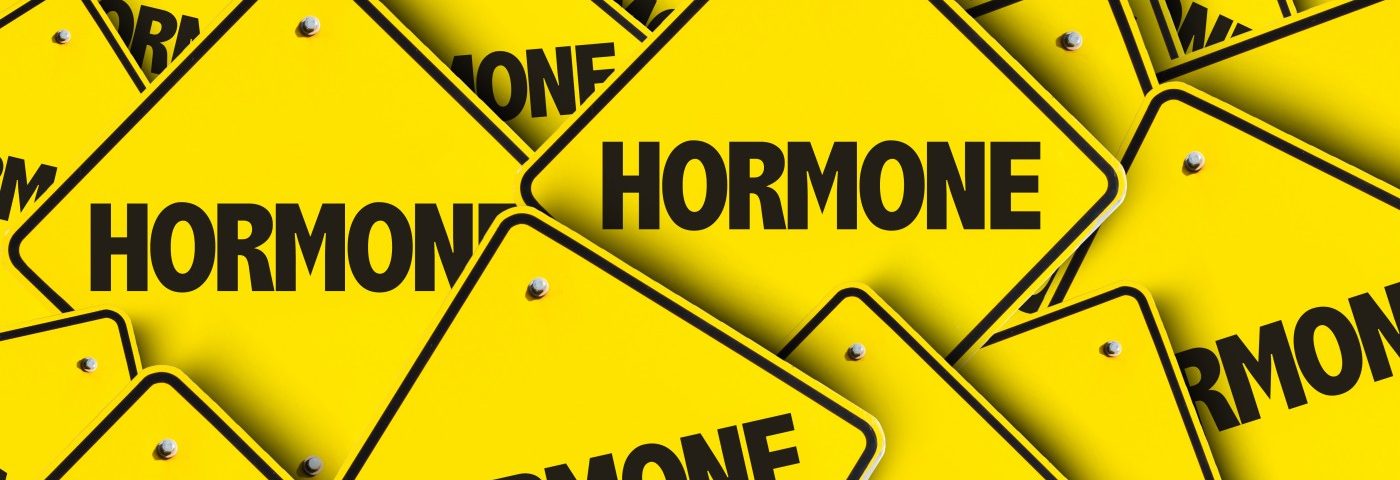The mechanisms leading to benign prostatic hyperplasia (BPH) likely involve changes in steroid sex hormones that go beyond testosterone, at least in black men.
The study, “The role of sex steroid hormones in benign prostatic hyperplasia,” mapped a whole range of hormone levels and enzyme activity, and related them to measures of symptoms and clinical outcomes. The work was published in the journal The Aging Male.
Researchers at the University of Ghana School of Biomedical and Allied Health Sciences noted that BPH is more common in black men, who also reportedly have higher levels of steroid sex hormones. But researchers seldom explore the relationship between hormones and BPH in men of African descent.
The study took blood samples from 30 men with BPH and 30 recruited as healthy controls. To determine prostate sizes, all participants underwent an abdominopelvic scan.
Dihydrotestosterone (DHT) is the hormone that mediates most androgen hormone actions. While androgen synthesis is often depicted in a linear fashion, with testosterone being converted to DHT, which is then further metabolized, the reality is more complicated. DHT can also be produced by enzymes without relying on testosterone, in an alternative route that involves a hormone called androstenedione.
Measures of eight different hormones in the participants’ blood showed that androstenedione is the only male sex hormone that differs between BPH and control groups, with lower levels in patients. In addition, the female sex hormone estradiol, which is an estrogen hormone, was found to higher in patients.
To better understand how effective enzymes are in converting hormones, the team calculated the ratio between two hormones. This analysis showed that in patients, the ratios were higher between DHT metabolites and the parent hormone, suggesting that DHT is broken down faster in people with BPH.
Results also showed that DHT and its metabolite 3-beta-diol were the only factors linked to symptoms, measured by the International Prostate Symptom Score (IPSS). Since ages in the two groups differed, with those in the BPH group largely older, the team included age in its analyses. Nevertheless, none of the hormones or metabolites could be linked to prostate size.
Based on these findings, the researchers suggest that estrogen and androstanediol also contribute to BPH.

